EPIRB and PLB Return Link Service, what’s the holdup?
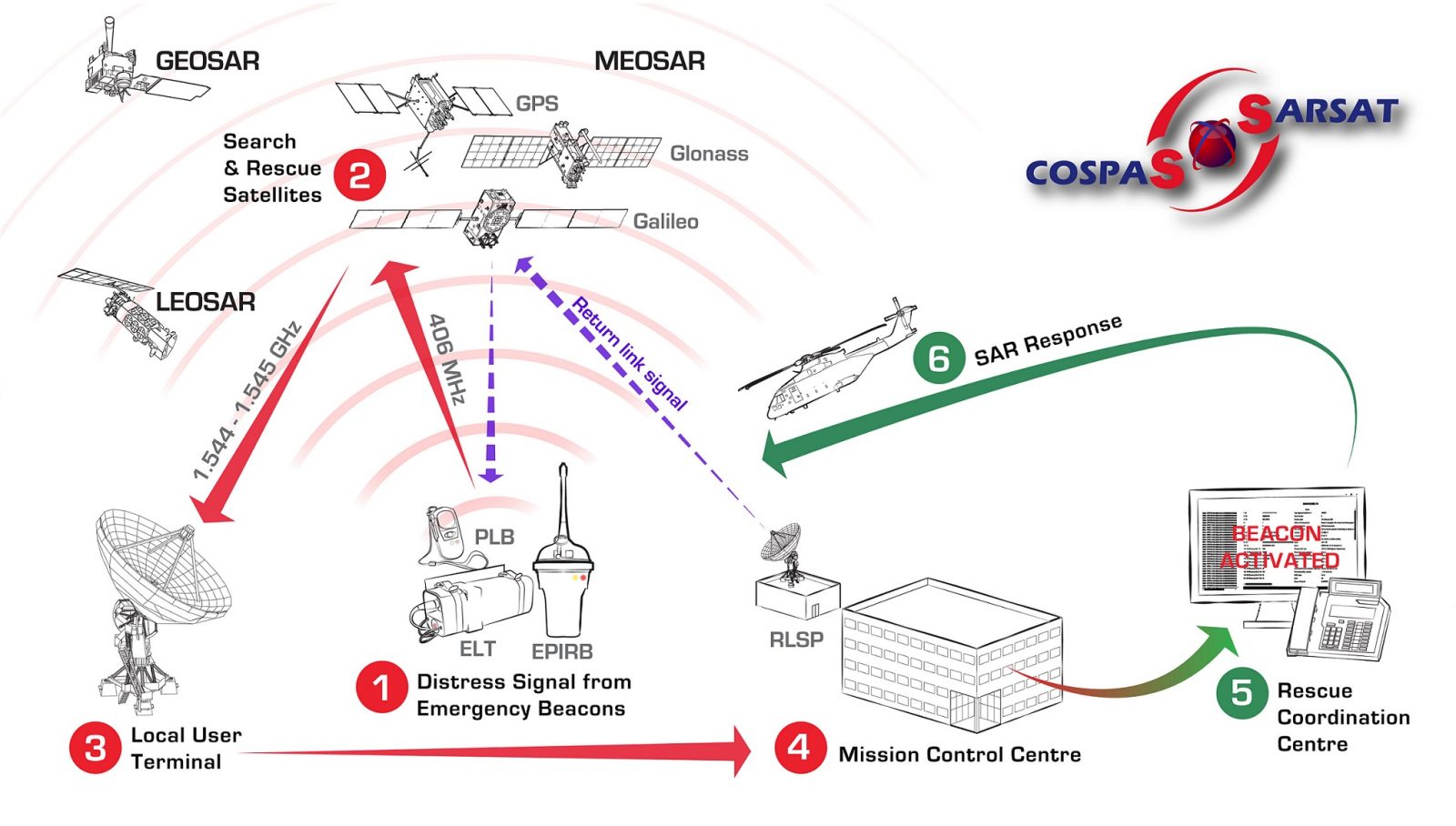
Over 15 months ago, I got excited about the first PLB with Return Link Service (RLS), a Cospas-Sarsat system improvement that would let a boater know that their distress signal had been received ashore along with their location. And it was supposed to be operational in early 2020, at least for some regions, with RLS capable EPIRBs soon to follow. But you still can’t purchase Orolia’s FastFind ReturnLink or any other RLS beacon in the USA and some of the countries that do permit them only allow RLS PLBs while others only allow RLS EPIRBs. What happened?
Well, as messy as the situation looks today, apparently it’s only a delay in ground station updating and I take heart from the recent comment by Chris Hoffman, ACR’s director of technology strategy:
The RLS Service is currently at Initial Operational Capability (IOC) due to some parts of the ground network around the world having not yet been upgraded to handle these types of messages (which explains the current limitations). When the system is ready Cospas-Sarsat will declare it to be at Full Operational Capability (FOC) at which time the delay in receiving the acknowledgement back at the beacon should be reduced and many of the restrictions related to the use of RLS beacons should be removed.
So, while patience is required, eventually RLS should become a valuable feature of the PLB/EPIRB system that’s hopefully as global and reliable as what Cospas-Sarsat has been providing for decades. But in the meantime — and the main motivation of this entry — NOAA is looking for public comments about authorizing RLS and I’d like to share my response for discussion, and also because the questions reveal the limitations of RLS that boaters should understand.
Questions To Inform U.S. SARSAT Program Regarding Authorization of Type 1 RLS Cospas-Sarsat Distress Beacons
1. Under nominal conditions, the RLS has an inherent period of time between beacon activation and the acknowledgement being received and displayed to the person in distress. This period of time should be within 30 minutes. Is this acceptable? If not, what is an acceptable time?
A 30 minute delay is definitely acceptable given that PLBs and EPIRBs have never before been able to inform the user that their distress signal has gotten anywhere.
2. What is the best method to ensure the user understands that there is a period of time before the acknowledgement message is received? Please consider that the user’s first interaction with an RLS capable beacon could be an emergency situation where only the beacon is available (no user manual).
Explain this delay clearly in the product manual, and, if possible, state it concisely on the beacon itself. Also, when RLS beacons become available in the U.S., a public relations campaign about what RLS can and can not do might be useful.
3. RLS only indicates that the distress signal has been received, not that rescue forces have been deployed. Therefore, the acknowledgement message is not an indication of when rescue forces may arrive on scene. How should the beacon user be provided this information so that they understand what the RLS signal means? Please consider that the user’s first interaction with an RLS capable beacon could be an emergency situation where only the beacon is available (no user manual).
Again, this should be explained clearly in the beacon manual, and in Cospas-Sarsat public statements. But given that, boaters are ultimately responsible for understanding how their safety devices work.
4. There are several RLS related message indications that can be displayed to the beacon user; RLS signal sent from beacon, awaiting RLS signal return, RLS response received, RLS signal not received, etc. Which signals should be displayed to the user and how should they be displayed? Please consider the user’s first interaction with an RLS capable beacon could be an emergency situation where only the beacon is available (no user manual).
In my opinion, there should only be a minimal standard for informing the user that the return link has been received by the beacon, specifically an LED color change to blue or another distinct color. But beacon manufacturers able to do so — for instance, by using already available small text screens — should be allowed to deliver more information like “RLS signal sent” etc.
5. Are there any other features you believe would be advantageous to add to 406 MHz emergency beacons?
Not that I can think of, and thank you for operating a wonderfully effective distress beacon system.
6. Are there any other comments you would like the U.S. SARSAT Program to consider?
There’s been confusion about when RLS would be available in various regions, and it would be useful if Cospas-Sarsat and regional authorities like U.S. Sarsat were more informative to the public about this and other changes in the distress system.
So, if any readers have opinions about RLS, similar or not, let’s discuss. And as for Yankees like me submitting comments to NOAA, we have until April 30 and I plan to wait a bit.



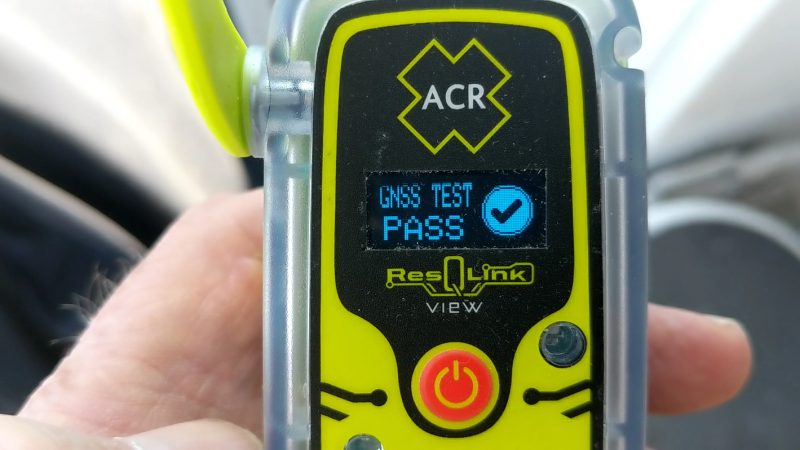
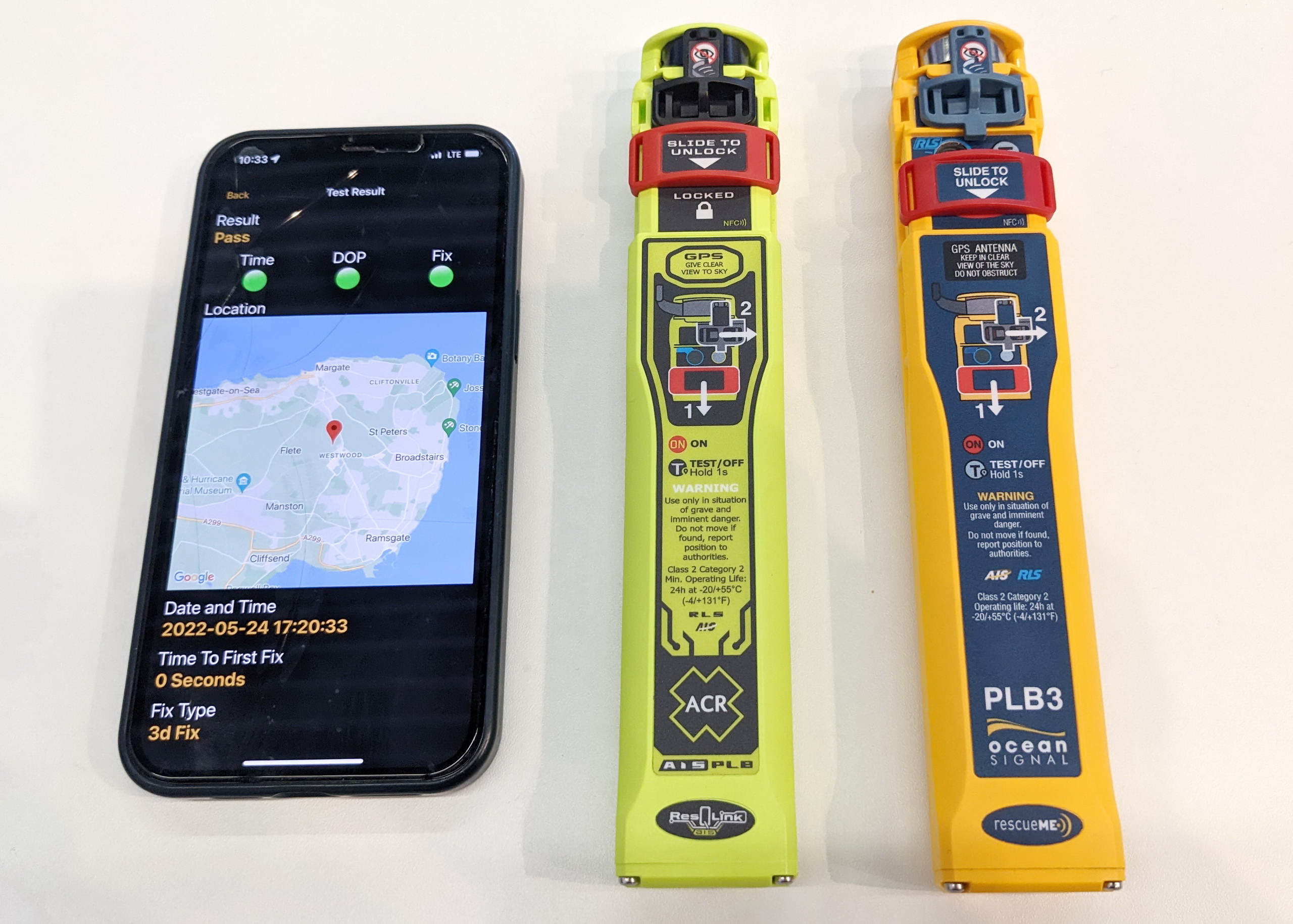
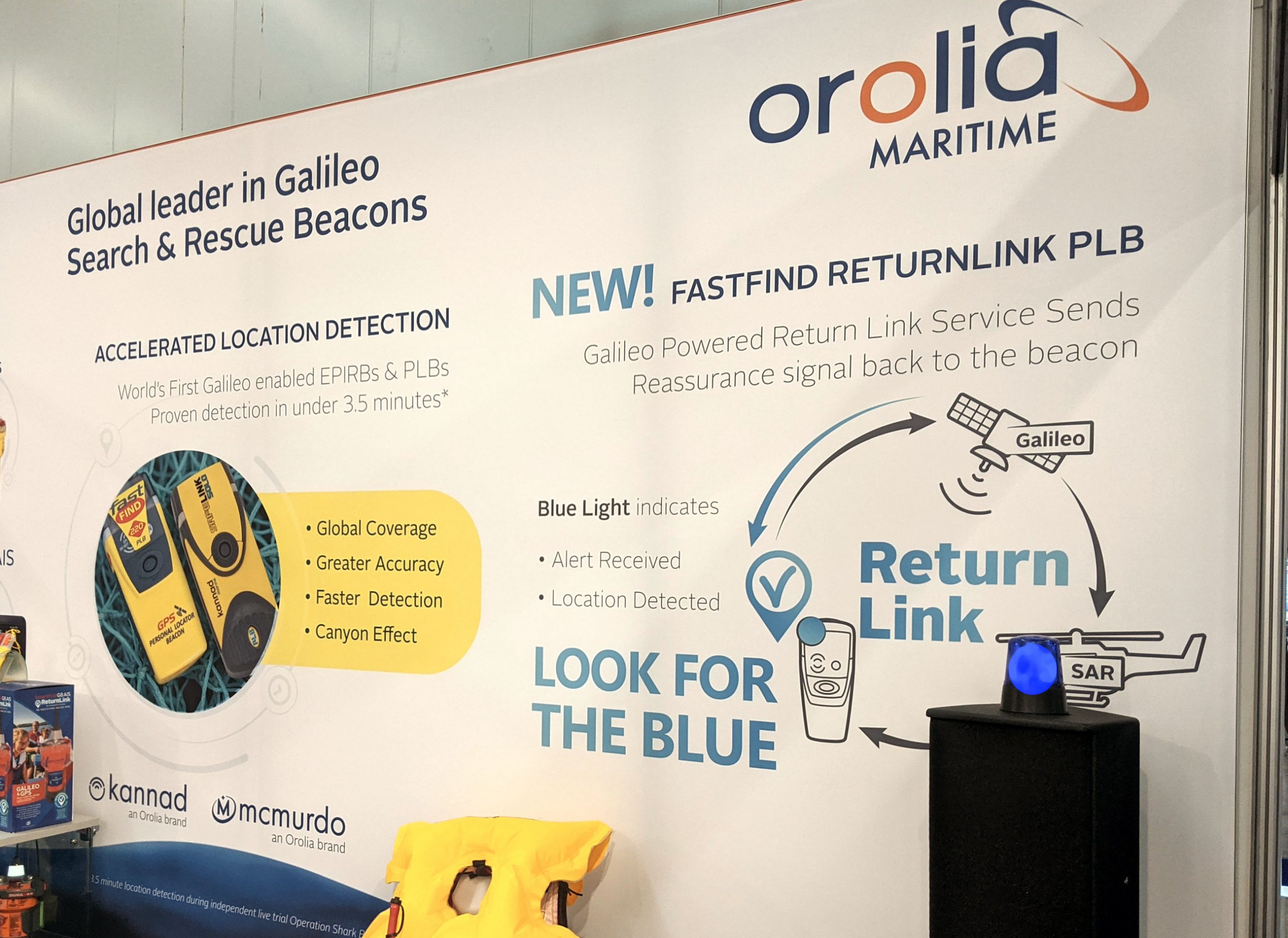
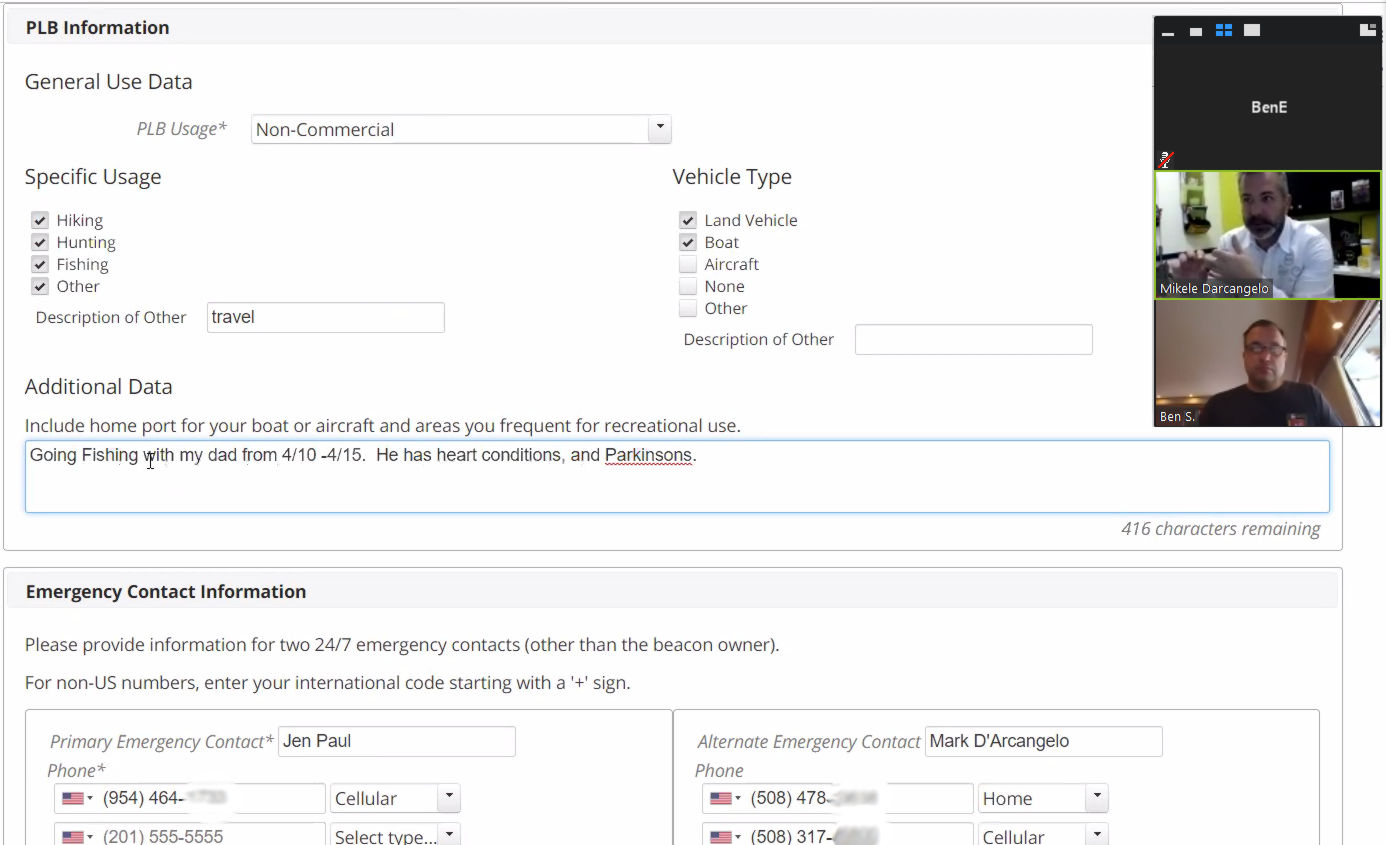
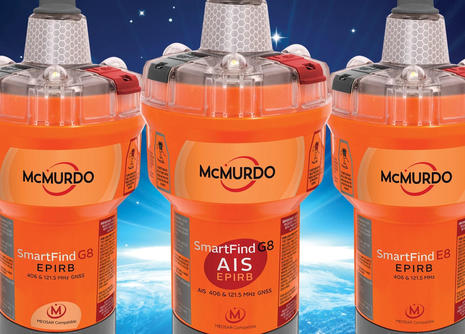







Hi Ben, Great comments. I would encourage anyone interested in this capability to submit comments to NOAA. Obviously its ultimately up to each national administration in the world to decide what types of beacons they will and will not permit in their country. Right now it would seem that the U.S. is undecided on beacons with RLS capability, hence the request for public comments. Regardless of what the U.S. finally decides related to the sale of RLS capable beacons, they will still work here. So if for example you purchased an RLS beacon in France and brought it with you to the U.S. to go hiking in the Rockies and got into trouble and set it off, then the RLS function would work. Chris
Thanks to Charles Starke for emailing this good idea, which I will incorporate into my NOAA comments:
“I suggest that as many people as possible request a line in the Beacon Registration form to list your web voyage location position and date information. A sample letter and NOAA response is below. This Beacon information is available to all emergency services worldwide.
Dear Sir {at NOAA},
It is now possible to record a continuous position track at sea through AIS class A and B+ (with Marine Tracking), Garmin Inreach, SSB Airmail and Winlink service, Iridium Go and other satellite devices. So it is now easy to immediately confirm a position at sea of a boat at sea sending an emergency EPIRB signal rather than first contacting the emergency contact on an NOAA EPIRB registration form. The NOAA EPIRB registration form should, therefore, have a line to report not only the satellite telephone number but also the position tracking website in use by the vessel or person registering the EPIRB.”
Charles also pointed out the good work being done at BoatWatch.org and this specific advice:
https://boatwatch.org/safety-at-sea/multiple-means-of-communication-for-passages/